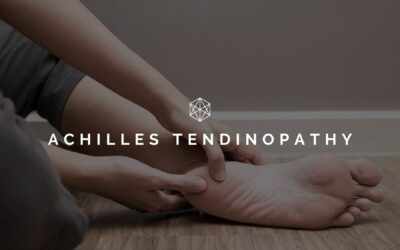Tips for buying sports footwear
- Always get fitted for a running shoe preferably from a specialty shoe shop.
- Buy shoes at the end of the day as feet are larger from the day’s walking.
- There should be a finger breath between the longest toe and the end of the toe box.
- The widest part of the shoe should be at the widest part of the foot.
- Proper lacing is essential.
- Wear running socks and any orthotics in the shoe at the fitting as these affect shoe fit.
- Take a test run in the shoes if possible. If the shoes don’t feel good, don’t buy them!
- Running shoes do not need to be broken in.
- Use sports-specific shoes for the specific activity.
- Check your shoe size each time you buy new shoes. (Feet increase in size as we get older.)
- Check the shoe for defects and symmetry.
- Researchers show a significant correlation between infrequent change of running shoes and injury.
- Sole wear does not reflect the lack of shock absorption of a shoe.
- Mileage guidelines or time-frames are a more reliable means for deciding to replace the shoe. A rough guide to consider changing shoes after 150 hours of cross training, 300–500 miles of running, and 1000 miles of walking (or 6 to 12 months).

